Overview
We all have experiences that frame who we are, how we believe, what we know, and how we see things. Our schema defines our cultural frame of reference. Each student has a frame of reference that is defined by their experiences as well. How do we listen and hear, share and receive, and create an environment of belief and belonging. It begins with respecting and responding to how our cultural frame of reference impacts the classroom. This Learning Module on this webpage will guide you and your class (and the whole staff together too) through discovery with our cultural frame of reference.
Cultural Frame of Reference and Learning files to download to support professional development. The PowerPoint follows the module on this page including images and video, and the PDF file is of the PowerPoint without the video.
- PowerPoint (includes short video clips)
- PDF file (no video)
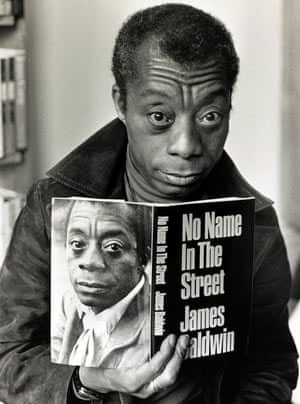
“In order for this to happen, your entire frame of reference will have to change, and you will be forced to surrender many things that you now scarcely know you have.”
― James Baldwin,
The Fire Next Time
Post James Baldwin’s quote on frame of reference in a place that all participants (and/or students) can see and read — online screen, poster and/or on a paper for small groups. Then model with one participant doing Powerful Questions on the quote. Continue with pairing up two participants as a model for the class, then pair up all students. After 2-3 minutes, have students share to the whole class. Later in this sequence, the students can return to their questions, write them on individual papers for classifying inductively by similar questions. Alternatively, the quote can be used concurrently with the image, or the image first, followed by the quote.

Overview
This module will focus on our Cultural Frame of References that guides us individually and together. We will develop our personal Frames of Reference and explore how our schema, language and experiences guide us, while opening our pathways to developing our learning environment with a focus on equity consciousness, equity mindfulness and a call to action for equity.
- Vocabulary
Terminology, Language - Schema
Experiences, Connections - Cultural Frame of Reference
Who We Are
Vocabulary: Language Matters
The words we choose to use and how we use them are impactful to whom we are, and how they impact people.

How does the image speak to use of language?
Respond to the image above with a visual map (Circle Map) on all that you are thinking about in regards to language and vocabulary.
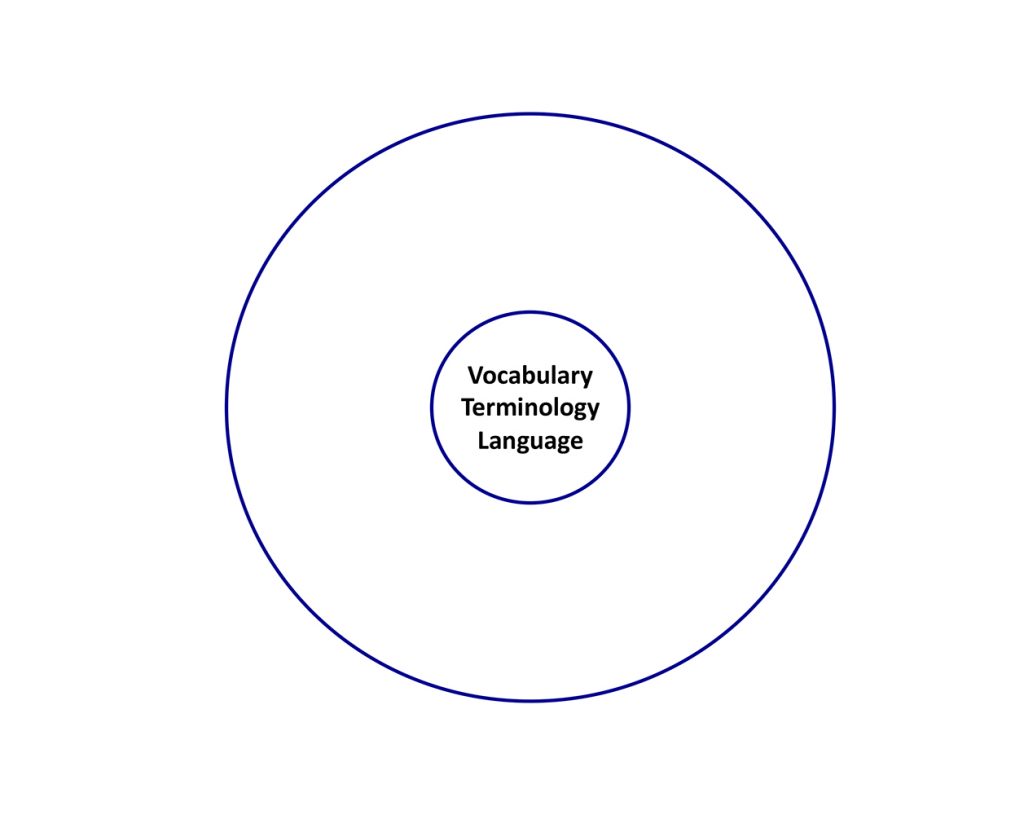
Add a frame of reference around the Circle Map. How does language impact different people — consider gender, ethnicity and other factors of our personal cultural frame of reference.
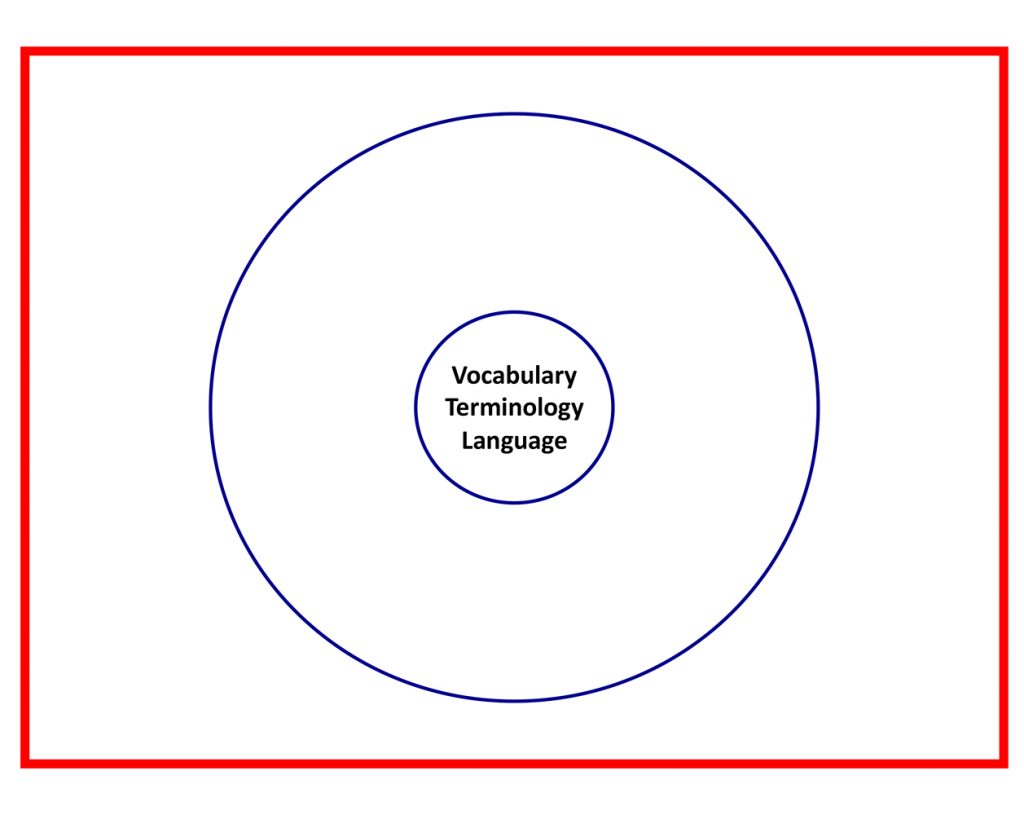
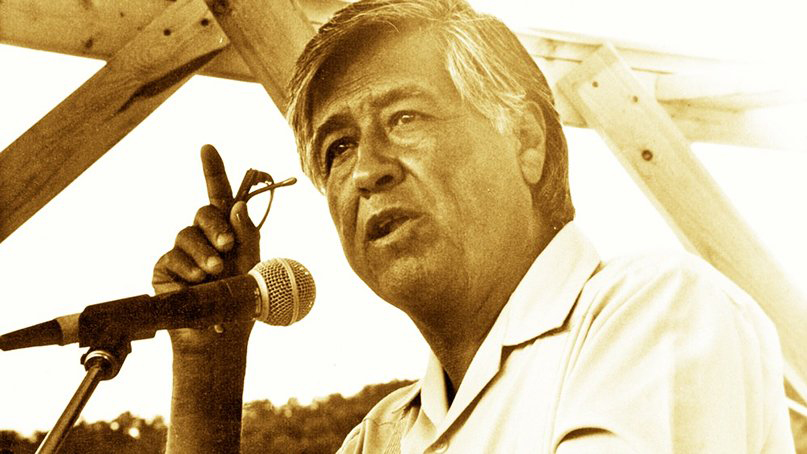
“Students must have initiative; they should not be mere imitators. They must learn to think and act for themselves, and be free.”
—Caesar Chavez
As we did above, use Powerful Questions on the Caesar Chavez quote. Continue with pairing up two participants as a model for the class, then pair up all students. After 2-3 minutes, have students share to the whole class. Later in this sequence, the students can return to their questions, write them on individual papers for classifying inductively by similar questions. Alternatively, the quote can be used concurrently with the image, or the image first, followed by the quote.

Schema – Experiences, Connections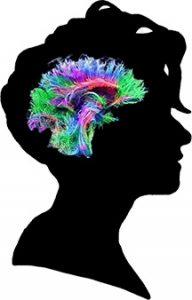 Schema theory explains how our previous experiences, knowledge, emotions, and understandings affect what and how we learn (Harvey & Goudvis, 2000). Schema is the background knowledge and experience readers bring to the text. Good readers draw on prior knowledge and experience to help them understand what they are reading and are thus able to use that knowledge tomake connections. Keene and Zimmerman (1997) concluded that students comprehend better when they make different kinds of connections: Text-to-Self; Text-to-Text; Text-to-World.
Schema theory explains how our previous experiences, knowledge, emotions, and understandings affect what and how we learn (Harvey & Goudvis, 2000). Schema is the background knowledge and experience readers bring to the text. Good readers draw on prior knowledge and experience to help them understand what they are reading and are thus able to use that knowledge tomake connections. Keene and Zimmerman (1997) concluded that students comprehend better when they make different kinds of connections: Text-to-Self; Text-to-Text; Text-to-World.
Schema impacts our thinking, our decisions, and our views, which impacts our personal cultural frame of reference.
Cris Tovani (2000) offers reasons why connecting to text helps readers:
- it helps readers understand how characters feel and the motivation behind their actions
- it helps readers have a clearer picture in their head as they read thus making the reader more engaged
- it keeps the reader from becoming bored while reading
- it sets a purpose for reading and keeps the reader focused
- readers can see how other readers connected to the reading
- it forces readers to become actively involved
- it helps readers remember what they have read and ask questions about the text
How does our personal schema impact equity consciousness personally, in our schools, our neighborhoods and globally?
How do we impact equity consciousness with intentionality? Share possible ways that we can be thoughtful to equity consciousness in our learning communities.
Examples of questions that can be used to facilitate student connections
Text-to-Self
- What does this remind me of in my life? What is this similar to in my life?
- How is this different from my life?
- Has something like this ever happened to me?
- How does this relate to my life?
- What were my feelings when I read this?
Text-to-Text
- What does this remind me of in another book I’ve read? How is this text similar to other things I’ve read?
- How is this different from other books I’ve read?
- Have I read about something like this before?
Text-to-World
- What does this remind me of in the real world?
- How is this text similar to things that happen in the real world?
- How is this different from things that happen in the real world?
- How did that part relate to the world around me?
Let’s return to Caesar Chavez’s quote
“Students must have initiative; they should not be mere imitators. They must learn to think and act for themselves, and be free.”
With Caesar Chavez’s quote in mind, respond with only Powerful Questions on:
How does a student’s ‘schema’ and how they can learn to act as, and for themselves impact their outcomes and success in school, and in life?

Read and see more on the Pedagogy of Confidence site about schema.
![]() Key Academic Vocabulary Prediction
Key Academic Vocabulary Prediction
Just prior to watching the reading the short excerpt from the Pedagogy of Confidence below, discuss the following key words that will be part of the reading. The purpose of sharing key vocabulary prior to reading a text and/or viewing a video clip is to develop an understanding and knowledge of particular vocabulary with the goal of creating dialogue that increases interest and understanding of what is to read and/or watched.
race
culture
conversation
exploration
defining
impacts
reflections
cultural
frame of reference
behavior
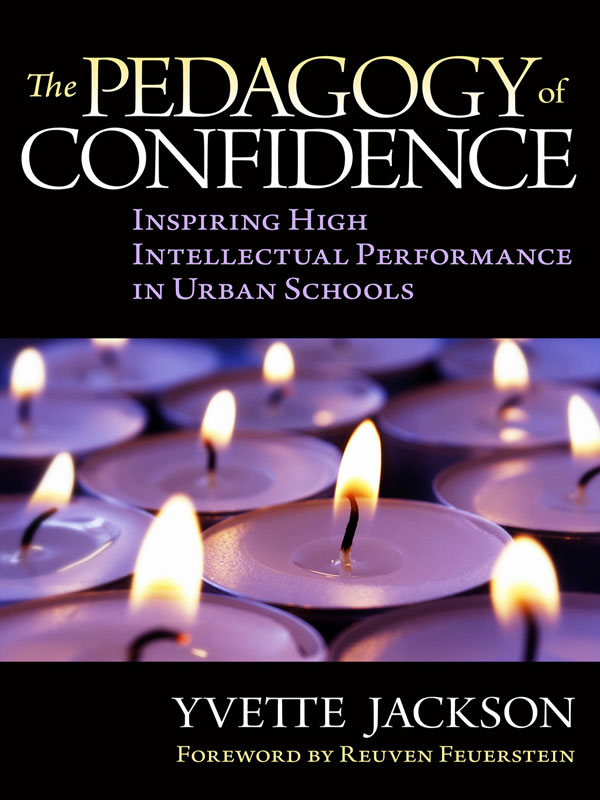
Cultural Frame of Reference and Learning
Because race and culture are topics that are difficult to approach, I have found that an entry point for the conversation is an initial exploration of culture in general. Then the discussion can move on to defining what we associate with our own culture (what has influenced who we are) and lastly reflecting on how our own culture impacts what we do and why we see the world as we do. These reflections help us recognize that we all have a cultural frame of reference through which we perceive the world, and it affects how we respond to all the experiences we encounter. When we understand the impact our cultural frame of reference has on our own behavior, we better appreciate and can respond to the influence our student’s frame of reference have on their learning and their motivation.
To create our personal Cultural Frame of Reference use a blank 8 1/2″ x 11″ paper. Tear out the middle of the paper representing a frame of you. Before proceeding, watch the three minute video of Yvette Jackson introducing the Cultural Frame of Reference.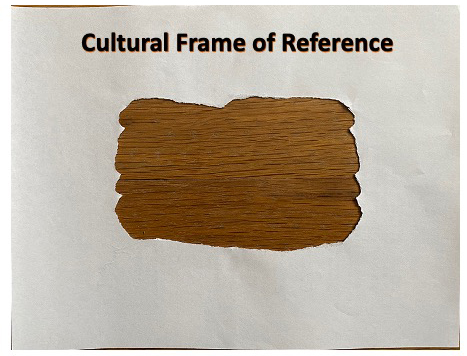
![]() Key Academic Vocabulary Prediction
Key Academic Vocabulary Prediction
Just prior to watching the video clip, discuss the following key words that will be part of the three minute video. The purpose of sharing key vocabulary prior to reading a text and/or viewing a video clip is to develop an understanding and knowledge of particular vocabulary with the goal of creating dialogue that increases interest and understanding of what is to read and/or watched.
epistemology
affects
innate
potential
important
cultural
equity consciousness
communicate
bring forward
The following images below represent some considerations of things that influence your Cultural Frame of Reference:
- Experiences and schema
- Places, events, people you know, people who inspire, books, music, movies, travel, values, dispositions
- Other factors including religion, ethnicity…



In the second video with Yvette Jackson she states:
culture is emotions…
might be the key driver of learning…
bodies of culture
![]() Briefly discuss your thoughts on what she is sharing. After sharing watch the video clip to further add to your Cultural Frame of Reference, then as Yvette shares, share in small groups.
Briefly discuss your thoughts on what she is sharing. After sharing watch the video clip to further add to your Cultural Frame of Reference, then as Yvette shares, share in small groups.
Lead a discussion on each of the following questions one at at time.
Why is recognizing, and acknowledging, our personal cultural frame of reference important?
Why is it important for the whole school staff (licensed and support) to explore and share their personal cultural frame of reference’s?
Why is it important to have students explore and share their personal cultural frame of reference’s along with their teacher?

